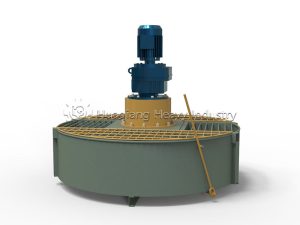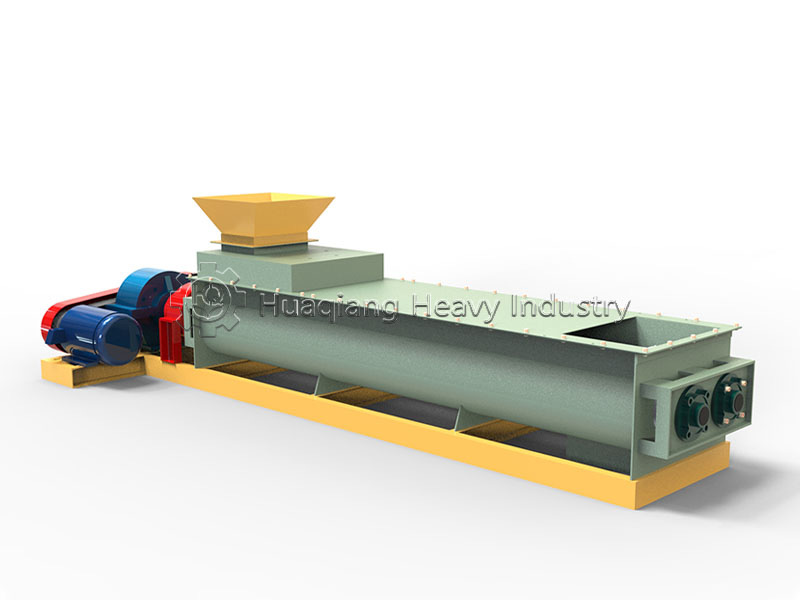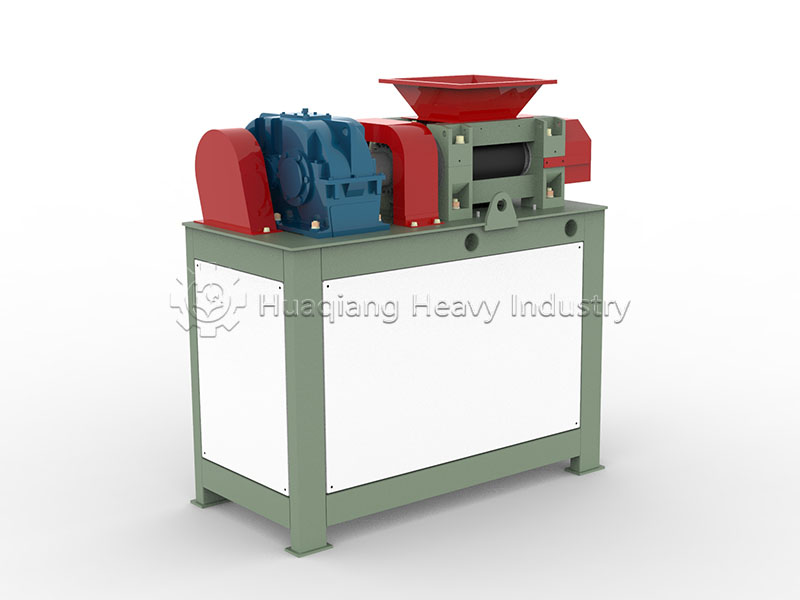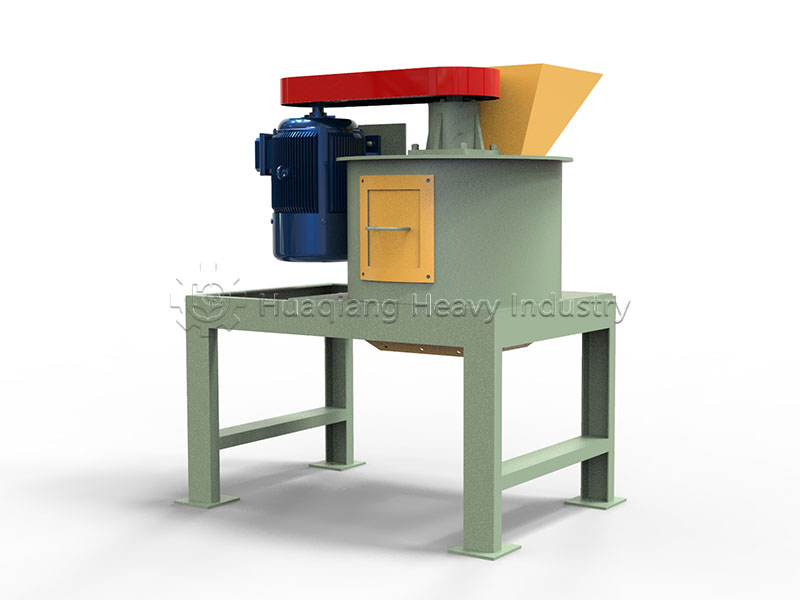Working Principle
The working principle of a vertical mixer is based on the rotational movement of the mixing device inside the mixing tank, achieving efficient material mixing through carefully designed mixing blades. This process demonstrates the precision design and intelligent control of modern mechanical engineering.
Feeding Stage
Materials are added through the opening at the top of the mixing tank. The open design facilitates observation and monitoring of the feeding process, ensuring accuracy and safety.
Mixing Stage
The motor drives the mixing shaft to rotate, and the mixing blades perform shearing, tumbling, and diffusion of materials during rotation, creating three-dimensional composite movement for microscopic uniform mixing.
Discharge Stage
Uniformly mixed materials are discharged from the discharge port or valve at the bottom of the mixing tank. The discharge process is smooth and residue-free, ensuring consistency in each batch.
Equipment Features
Excellent Mixing Effect
Vertically arranged mixing tank with precisely designed mixing blades significantly improves material mixing uniformity through multi-dimensional movement patterns, increasing mixing efficiency by over 40% compared to traditional equipment.
Wide Applicability
Capable of handling full range of materials from dry powders to high-viscosity substances, suitable for multiple industries including chemical, food, pharmaceutical, and building materials, meeting specific mixing requirements of different materials.
Small Footprint
Vertical layout design saves over 50% of floor space compared to horizontal equipment, particularly suitable for production environments with limited space, improving factory space utilization.
Easy to Clean and Maintain
The vertical open design of the mixing tank facilitates thorough cleaning, with no-dead-angle structure ensuring equipment hygiene standards, complying with strict production specifications like GMP.
Flexible Operation
By precisely adjusting mixing speed and time parameters, it can adapt to mixing characteristics of different materials, achieving accurate control and optimization of process parameters.
Energy Saving and Environmental Protection
Utilizing high-efficiency motors and optimized transmission systems, energy consumption is reduced by 30% compared to traditional equipment, while minimizing material waste, meeting modern industrial sustainable development requirements.
With its innovative working principle and excellent equipment features, the vertical disc mixer has become an indispensable key equipment in modern industrial production. Its efficient, flexible, and energy-saving design philosophy provides reliable mixing solutions for various industries, driving continuous progress in industrial production technology.
Integrating Vertical Mixers into Modern Fertilizer Production Systems
The vertical mixer serves as a crucial component in modern fertilizer manufacturing, providing efficient material homogenization at various stages of production. In comprehensive npk fertilizer production line configurations, these mixers work synergistically with npk blending machine equipment to ensure precise nutrient distribution before granulation. The mixing efficiency achieved by vertical mixers directly impacts the quality and consistency of subsequent fertilizer granulation processes, making them essential for maintaining product standards.
Across different production lines, vertical mixers demonstrate remarkable versatility. In organic fertilizer production line setups, they blend composted materials from windrow composting machine operations with necessary additives before granulation. Similarly, in bio organic fertilizer production line systems, gentle mixing action preserves microbial viability while ensuring uniform distribution. The mixed materials then proceed to various granulation technologies, including disc granulator machine systems for spherical particles or double roller press granulator equipment for compacted granules.
The integration of vertical mixers extends throughout complete fertilizer manufacturing ecosystems. From basic npk fertilizer line operations to sophisticated roller press granulator production line configurations, these mixers ensure material consistency that optimizes the performance of downstream equipment like disc granulator units and other fertilizer granulator technologies. This comprehensive approach to material preparation supports the efficient operation of entire disc granulation production line systems and other production methodologies, ultimately contributing to higher quality fertilizer products.






.jpg)


